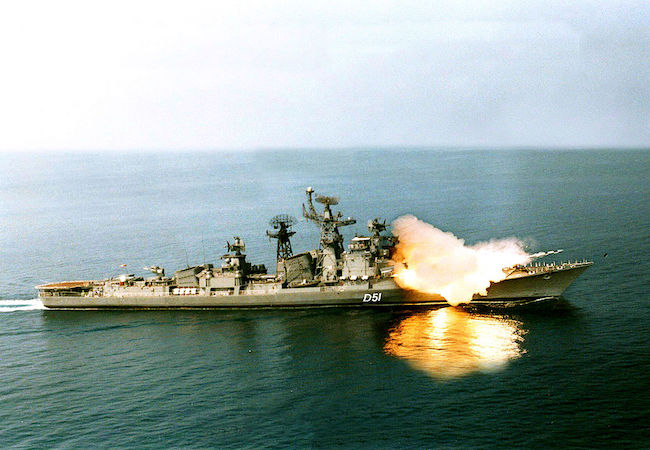
By Beenish Altaf
Force posture is predominantly a comparative term. Its two main dimensions are structural capabilities and the policy-intent. Given the relative difficulty of assessing intentions, there is generally more inclination towards analyses of capabilities. A contrary viewpoint is that capability structure of an adversary’s armed forces and comparative force posture analyses is less applicable in its structural dimension than strategy (policy-intent).
In this context, Hammonds’ definition of force posture development i states that“the force posture understanding is valuable because of its hard empirical qualities: i) it deals with capabilities that can be observed from both sides, ii) it is actual output of one’s own resource input and organizational process, and as such, is not always what one be anticipated.”
The two major components of capability development force posture are: force structuring,and force development. As a component of military capability building/development, force structuring essentially deals with the type, size and structure of the armed forces. Whereas, force posturing is a long term process keeping pace with the dynamics of the developing strategic environment. It is an evolving process that constantly shifts from the contemporary to the future requirements. Modernization is an important component in the quest to acquire state of the art technologies and weapon systems as well as meet the life cycle requirements of existing inventories leading to force development.
While focusing on the evolution of India’s conventional force posture, India’s Forward Defence Policy needs to be explained first. In this regard, it is not incorrect to state that the Indian strategic culture is essentially led by the legacy of the British. Nehruvian forward defence policy is reflective of the same mindset which aims at counterbalancing the adversary and maintaining the power balance. However India adopted this policy without having a sufficient power base.
During 1980’s, India adapted Soviet concept of multi-tiered offensive intended to engage front line defensive forces simultaneously through deep ground maneuvers and vertical penetration. The efficacy of the policy was always questionable due to imbalances in organizational makeup of the armed forces.
Sundarji Doctrine was aimed at the employment of large scale mechanized forces supported by massive air power to achieve maximum degradation of enemy system of forces and absorb significant territory. Prompted by Sundarji doctrine, India toyed with the concept of preventive war. This culminated with the Brass-tacks exercises in 1986-1987, aimed at launching pre-emptive attack on Pakistani nuclear facilities and undermining its conventional military capability and the territorial integrity. Also, in view of the legacy of the Kargil conflict (1999), and its frustration over the stalemate of Operation Parakaram, India tried to explore strategic space for a limited war and military operations against Pakistan under the guise of Cold Start Doctrine (CSD).However, India insist that there exists a strategic space between the outbreak of a conventional conflict and crossing of nuclearthreshold and a limited conventional war is still an option. Limited war is not a war fighting concept perse, but it does provide the framework within which the concepts for war fighting can be developed. Owing to this fact, Indian Defence Minister, George Fernandes once while speaking at a conference by Institute of Defence Studies and Analyses on January 5, 2000 declared that Pakistan’s possession of nuclear weapons doesn’t rule out the possibility of a limited conventional war.
Indian military planners have been endeavoring to acquire capability for the sake of an aggressive offensive limited war strategy referred to as the CSD. CSD actually focuses on Indian Integrated Battle groups (IBGs) with elements of army, navy and the Indian Air Force (IAF) as thrust formations undertaking deep hard strikes against Pakistan yet limited enough not to invite any nuclear retaliation. In such a military campaign 8-battel groups will go for limited but lethal destruction of armed forces in any territory.
Nevertheless, in the contemporary domain India has multiplied its defense budget as it is the biggest arm importer in the world. For the coming fiscal year 2018-19, it is increased by 7.81 % that is 2.5 Trillion Indian Rupees. Indian Defense Budget was the fifth highest in 2013-17 rising by an annual 8.5 % (SIPRI).It has increased 24% in Arms Imports over the last ten years. In 2016 India signed a contract to buy 36 Rafael twin engine fighter jets from France for $8.8 billion. India is Israel’s biggest arms market, thought to be worth about $1 Billion per year.
Nevertheless, in the face of Indian offensive war fighting strategies Pakistan is rightly worried about the negative implications emanating from India’s offensive force posture developments.




